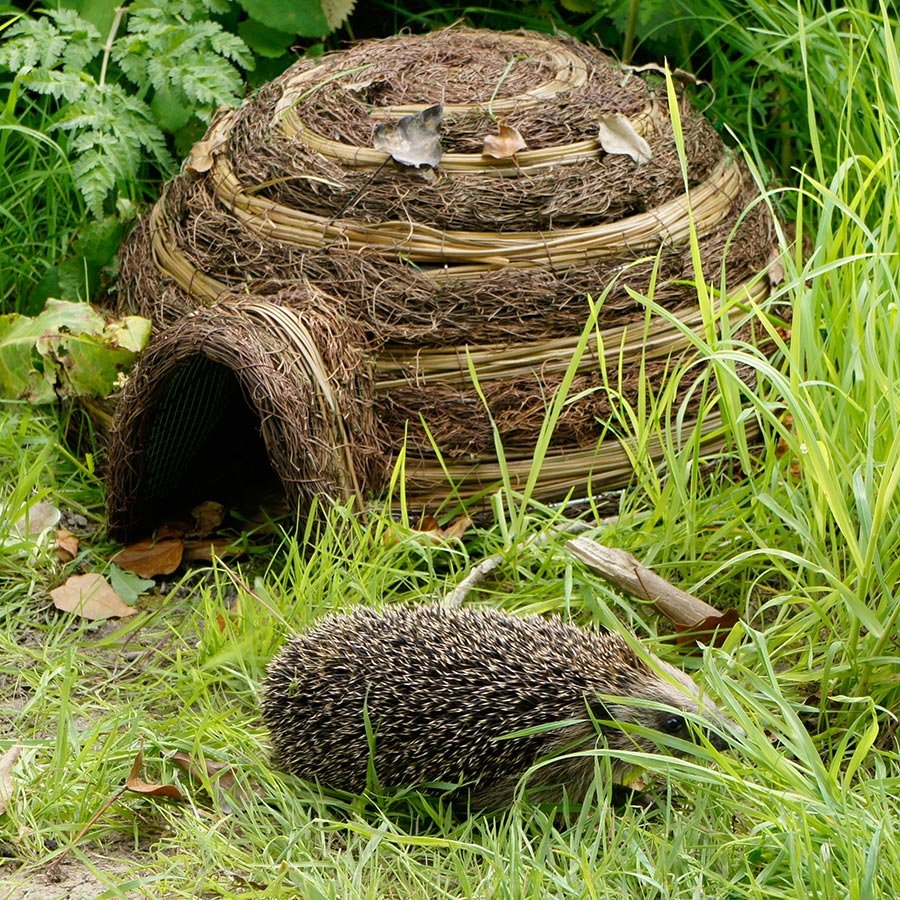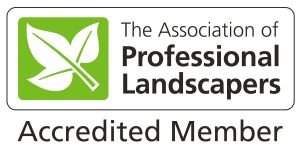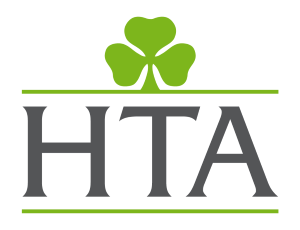Small Mammals & Amphibians
Squirrels
In the UK there are two native species of squirrel; the more common grey of which there are around 2.5 million and the endangered red squirrel, whose numbers are now down to just 140,000. Grey squirrels were introduced into the UK in the 19th century and have since outcompeted the native red for food and habitats as well as spreading the squirrel pox virus which is fatal to red squirrels but doesn’t affect the grey.
Many people are still lucky enough to have red squirrels visit their gardens. This provides an excellent opportunity to help encourage local populations of reds. One way to help red squirrels is to put food out for them in the garden during the winter months when food is scarce. Hazelnuts in their shells are one of the best foods to provide, but other foods including wheat, linseed, or pine nuts are also useful. Fruits such as apples also make a welcome addition. Peanuts and sunflower seeds can be used but are of lower nutritional value. Feeders and feeding sites should be located as high as possible, out of the way of cats.


Hedgehog Igloo
Hedgehogs
One of the most welcomed visitors in the garden, but also one of the most vulnerable, is the hedgehog. Hedgehogs are a gardener’s friend, eating invertebrates like slugs and earwigs. You can help them out by providing feeding stations and hibernation boxes during the winter months. Many designs are available to buy or you can build your own!
Providing food (such as cat or dog food biscuits or Weetabix) and fresh water can be life saving for our prickly friends. Don’t forget, however, hedgehogs can’t digest lactose so never give them dairy milk! Hedgehogs will hibernate in hibernation boxes but also in compost heaps and leaf piles so if you have one in residence in your garden, try not to disturb it over the winter if you can.
Bats
There are 17 species of bats in the UK making up more than a quarter of British mammals. Sadly, bats are facing increasing threats, from climate change to lack of insects due to pesticides, to loss of habitats and roosting sites. The great news is, there are plenty of things you can do to make your garden more bat-friendly!
Although less common than bird boxes, you can install south-facing bat boxes high up in trees to provide roosting sites for bats. Having a pond in your garden is an endless benefit for all wildlife but, importantly for bats, because it creates a habitat for insects – an important source of food for the bat. Planting night-scented plants to attract insects and creating linear garden features such as hedges, also provide further habitats for bats.
If you love bats, consider investing in a bat detector to help you identify which species are in your garden!

Toads and Frogs
Toads and frogs are frequently seen in gardens and although they are different in many ways (perhaps most obviously: toads crawl whereas frogs jump) both species rely heavily on garden ponds to live and breed. This is largely due to a loss of natural habitat. Perhaps consider introducing a pond into your garden which will not only benefit frogs and toads but will provide an ecosystem which will support all the wildlife in your garden.
If you already have a pond, pouring hot water on icy ponds in winter will melt the ice, preventing hibernating frogs from suffocating and allowing other animals to drink. Toads predominantly live on dry or damp land (although they breed in ponds) and will stay in piles of stones and wood near to ponds. Creating these shelters and leaving them undisturbed will be a great habitat for toads. Toads are friendly creatures and titbits like mealworms are great for attracting them.
Regular feeding can lead to toads eating treats from your hand and sometimes even coming when they are called!
Let GreenArt help you create a haven for wildlife in your garden
Book your FREE consultation today











